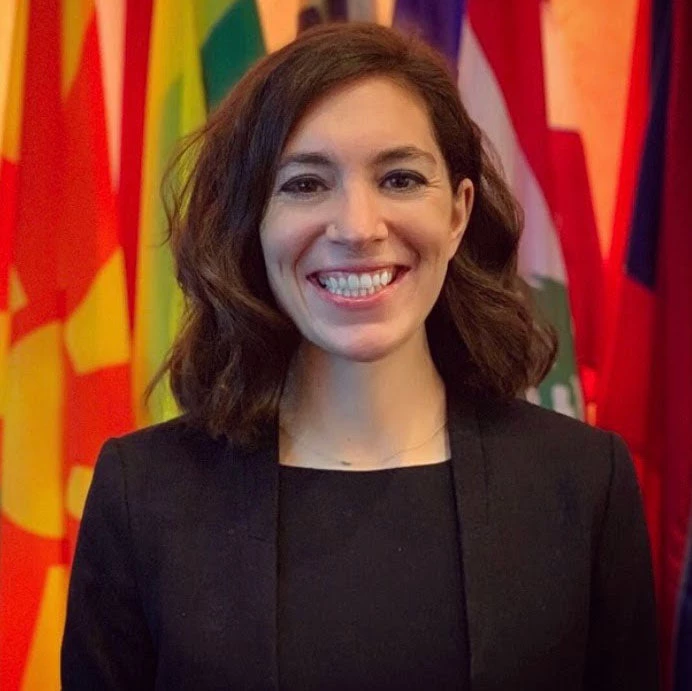
Is There a Relationship between Poor Learning and Weak Principals?
Recent research by Bloom et al. (2015) suggests there is a link between poor learning and weak principals. The authors collected data on management practices in more than 1,800 secondary schools in

than manufacturing management practices,
which suggests principals are not as good
at managing schools as CEOs are at managing
firms (WDR, 2018).
By comparing school management practices to manufacturing management practices, this study also found managers at manufacturing firms are much better at managing their firms than principals are at managing their schools. This means that it is more likely that managers at manufacturing firms will monitor performance, set targets, and manage people through reward, removal, and promotion than their counterparts in the education sector. Poor leadership is not simply a matter of low human resource capacity, but rather an indicative of a system that either doesn’t provide principals with robust management training or fails to hold them accountable to the same standards as the private sector . Of course, educating children is very different than running a manufacturing firm that produces textiles or shoes. However, this deficiency suggests that to tackle the learning crisis, we first must address the leadership crisis in our schools .
'Leverage Leadership: Addressing the Leadership Crisis
 In
Leverage Leadership, author Paul Bambrick-Santoyo argues that
to be effective, principals should shift from being bureaucrats, burdened by administrative work, to instructional leaders who provide pedagogical support to teachers. He offers evidence suggesting teachers spend less than 10 percent of their time observing, training, coaching, or providing feedback to teachers. From his experience working with thousands of school leaders, Bambrick-Santoyo was struck by one finding: in each high-performing school he visited, the principal's core priority was to coach teachers to become better instructors. From these experiences, Bambrick-Santoyo identified seven key levers principals can use to improve instruction and foster a culture of learning at schools.
In
Leverage Leadership, author Paul Bambrick-Santoyo argues that
to be effective, principals should shift from being bureaucrats, burdened by administrative work, to instructional leaders who provide pedagogical support to teachers. He offers evidence suggesting teachers spend less than 10 percent of their time observing, training, coaching, or providing feedback to teachers. From his experience working with thousands of school leaders, Bambrick-Santoyo was struck by one finding: in each high-performing school he visited, the principal's core priority was to coach teachers to become better instructors. From these experiences, Bambrick-Santoyo identified seven key levers principals can use to improve instruction and foster a culture of learning at schools.

The levers are (1) using data to drive instruction, (2) continuously observing teachers and providing feedback on their performance, (3) supporting teachers with lesson and unit planning, (4) providing useful professional development, (5 and 6) creating a strong culture of learning among staff and students, and (7) developing a strong leadership team to support and improve instruction.
Do we Have Evidence this Model Works?
This model has shown promising results, based on the successes of Uncommon Schools, where Bambrick-Santoyo applied these insights. Students at Uncommon Schools outperformed students from other comparably economically disadvantaged settings (see 2017 state exam results from New York and New Jersey).
In 2017, Roland Fryer put this model to the test in a low-income community in Houston, Texas, where 28 principals were given 300 hours of professional development over a two-year timeframe. This intervention taught them how to utilize lesson/unit planning, data-driven instruction, and classroom observations/feedback (using Bambrick-Santoyo’s 6-step protocol). After just one year, Fryer found that principals in the treatment group improved student learning by seven percent (check out this blog for more details on Fryar’s study).
While Fryer’s study points to the importance of instructional leadership and its potential to increase student learning, effective principals also need to master organizational skills (see here, here, and here). In part 2 of this blog series, we’ll explore how principals can become instructional leaders in their schools.
Find out more about World Bank Group Education on our website and on Twitter .



Join the Conversation